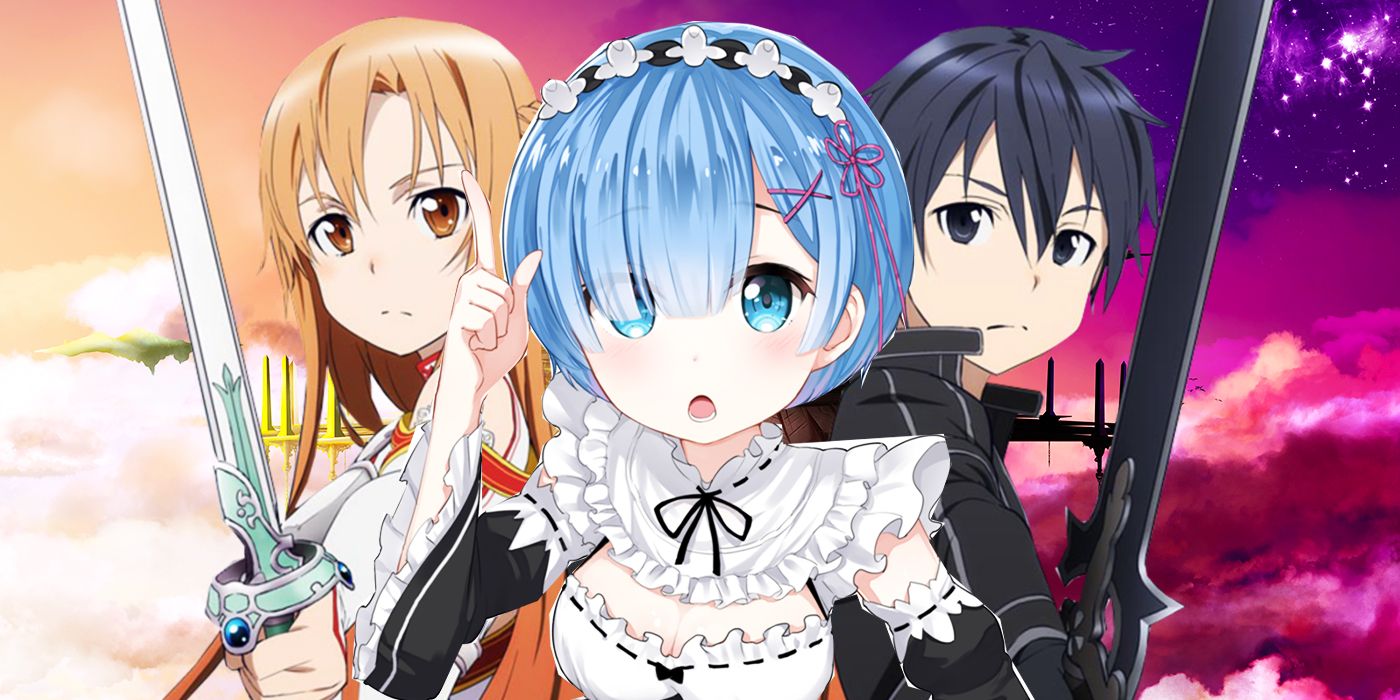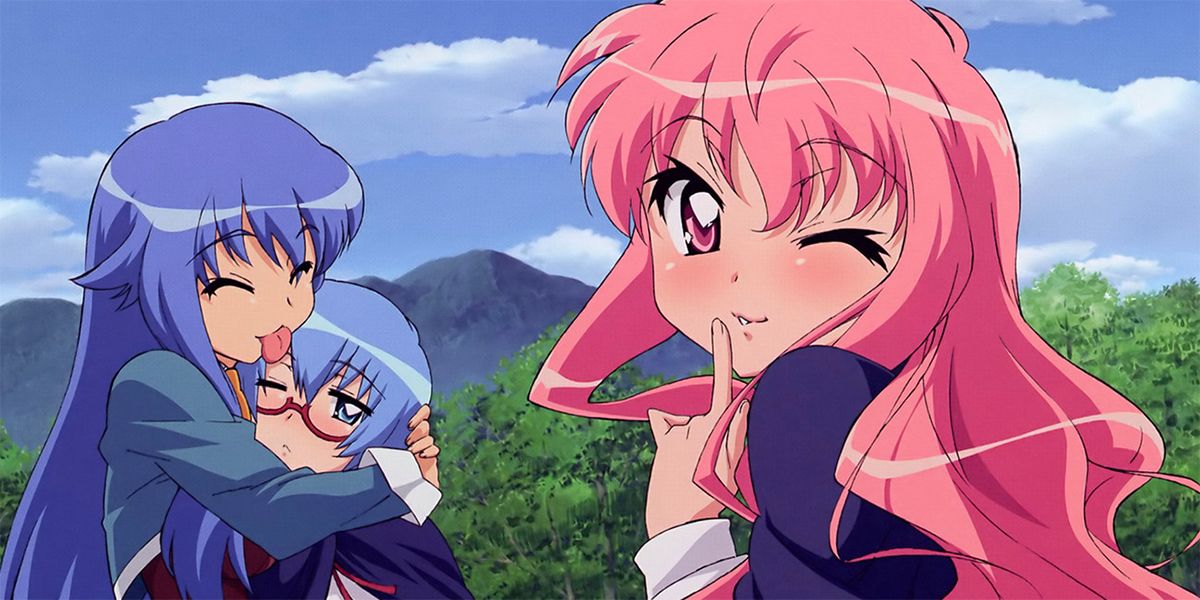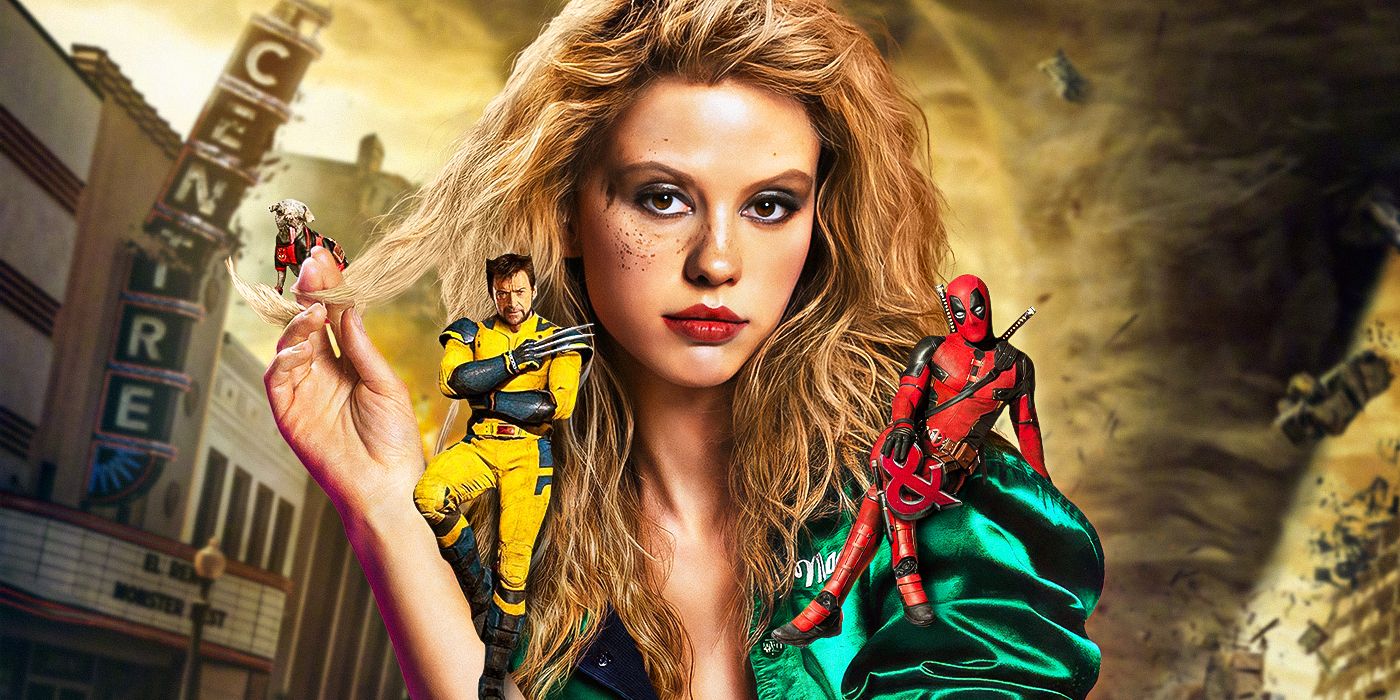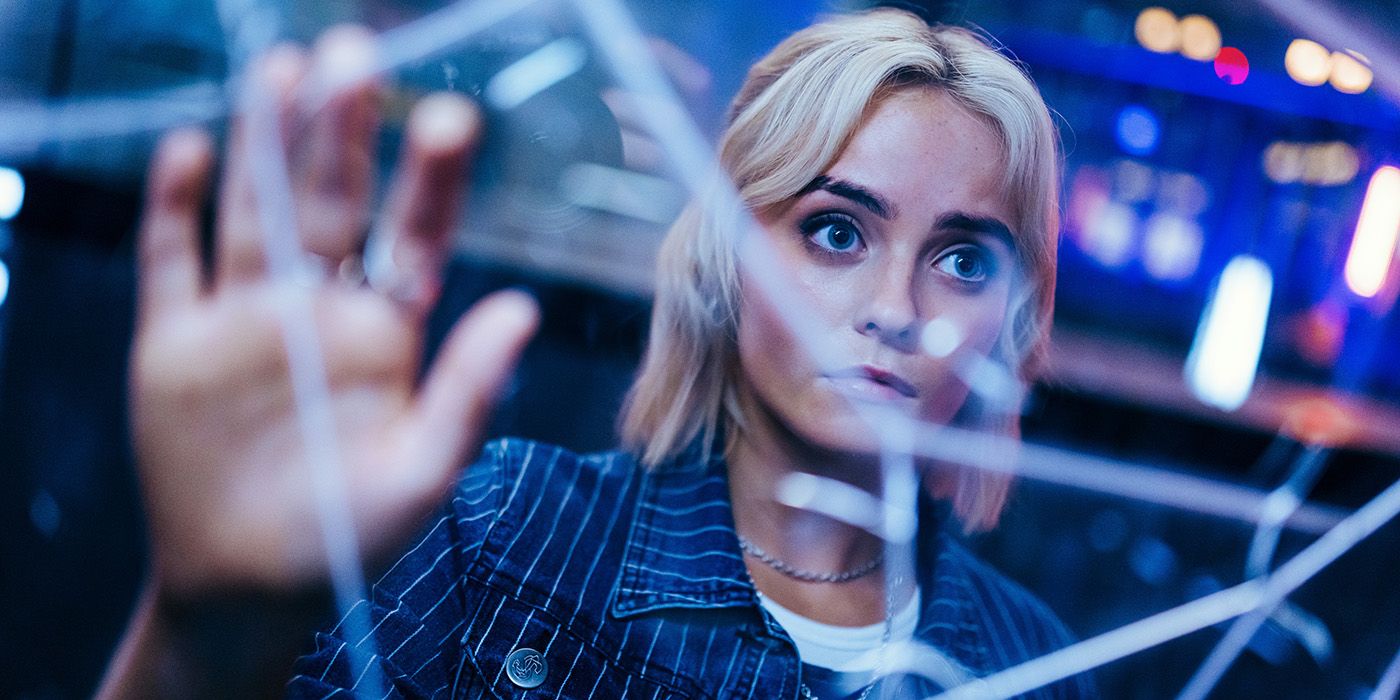The Big Picture
- The isekai genre, which means “otherworld” has become oversaturated in recent years, with a large number of series being released annually, which can be tiring for viewers and lead to unoriginal carbon copies of popular series.
- Common tropes in isekai, such as the overpowered hero and harem plot, can hinder character development and make the genre feel one-dimensional and lacking in originality.
- Despite its flaws, the isekai genre still offers enjoyable escapism and explores concepts like second chances and the connection between past and present, but it would benefit from fewer releases to allow for more quality and creativity.
If you’ve been watching anime regularly in the last decade or so – and especially if you’ve been watching in the last five years – you’ve probably heard the term isekai at one point or another. In 2021 and 2022 alone, there were 47 isekai series released, and many of the popular series that have come out in recent years, like Rising of the Shield Hero, Re:Zero, KonoSuba, and Overlord, fall into this genre.
Despite this, it isn’t super often that you hear about isekai in a positive light. There’s no shortage of articles and YouTube videos that call the genre trash, or have titles like “why I hate isekai” and “why isekai sucks.” You can throw a stone and find someone that’s sick of seeing isekai anime overfilling a seasonal lineup. Social media is full of posts both berating the lack of creativity and oversaturation of titles in the genre and poking fun at the often long and silly titles of some series, like Reborn as a Vending Machine, Now I Wander the Dungeon (yes, that is a real series, I promise.)
But surely, if there are both old and new isekai series that find popularity with viewers, it can’t be an entirely bad genre, can it? What’s put the bad taste in people’s mouths with isekai, and is it really warranted?
What Is an Isekai Anime?
To answer those questions, it’s important to first understand what exactly isekai is. Isekai translates to “otherworld” or “another world” and covers a genre of fiction that involves a character being put into an unfamiliar world and having to learn how to survive. Most often, the character is transported to a fantasy or virtual world or some kind of parallel universe as a chosen hero or overpowered warrior, though many recent series put a spin on this trope by making the character a villain, an inanimate object, or some unimportant character. The genre can also be divided into two subgenres: isekai tenni (transported to another world) and isekai tensei (reincarnated in another world.)
Isekai can be paired with a number of other anime genres, including comedy (Ya Boy Kongming!, The Devil is a Part-Timer), drama (Now and Then, Here and There, Rising of the Shield Hero), action (Drifters, The Twelve Kingdoms), and even romance (I’m the Villainess, so I’m Taming the Final Boss, The Vision of Escaflowne). While the isekai genre has garnered a lot of discussions recently, it’s been around for a long time in anime and manga. 1983’s Aura Battler Dunbine is often considered one of the earliest isekai anime, showing a young man named Shou pulled into the medieval world of Byston Well after a serious car accident. 1986’s Super Mario Bros.: The Great Mission to Rescue Princess Peach! is right there with it as one of the first uses of being transported to video game worlds in the genre.
There’s also 1996’s Inuyasha, a series that is still popular and praised today, that is considered one of the early examples of isekai, as it follows Kagome, who falls down a well and finds herself in the Sengoku period. Going into the 2000s, there was Now and Then, Here and There, a 1999 series about a young boy named Shu that tries to defend a girl from an attack by mechas and ends up transported to a dystopian world where war has ravaged the land.
Throughout the 2000s, there were few isekai of note other than the beginning of Sword Art Online as a web novel in 2002 and 2004’s The Familiar of Zero, Moving into the 2010s, we saw light novels like The Saga of Tanya the Evil (2010), Mushoku Tensei (2012), and Re:Zero (2012) hit the scene – all of which would receive anime adaptations in the later years of the 2010s – and Sword Art Online received an anime adaptation in 2012, which cemented a place on the map for the genre in the following seasons.
This brings us to today! There are honestly too many isekai that have come out in the last five or so years to cover here, but to put it in numbers, from 2018 to 2022, there were roughly 80 isekai series that premiered, and 2023 shows no signs of slowing down. This actually brings us to our first issue with the genre.
The Isekai Anime Genre Is Oversaturated
At a glance, 80 doesn’t seem like that big of a number, does it? That’s roughly 16 a year, and hundreds of anime series come out every year! However, when you start really digging in, that number becomes kind of staggering. For example, in 2022, around 26 isekai series premiered. That’s out of 186 anime television series for the year, not including any ONAs (original net animation). That means that about 14 percent of all anime that came out that year were isekai. That’s a pretty hefty chunk! It’s why many people get tired of the genre; there’s simply too many of them, coming out too quickly, and not all of them are winners. It gets frustrating to see a seasonal line-up that is full of titles that include “in another world” and “reincarnated as” that feel like unoriginal carbon copies of the major series of the genre: KonoSuba, Re:Zero, Mushoku Tensei, etc., etc.
A big part of why this oversaturation exists, though, is because the isekai formula works. Isekai, fundamentally, explores concepts that people enjoy, like the connections between the past and present, the feeling of being out of one’s depth in a new place, and the idea of getting a second chance at life. The isekai genre, like most fiction, provides an escape from the ordinary. The heroes of the new world are nobodies in their home world. The powerless are now the powerful. These ideas are what make the genre enjoyable, but when you see it done the same way over and over, it loses its luster. And when you start to add in the genre’s common tropes? Well, it goes downhill even faster.
Isekai Anime Rely Too Much on Common Tropes
Anime in general is filled with some unsavory tropes. Over time, you learn what you’ll put up with and where your lines in the sand are. Isekai, as a genre, is pretty similar! Except there are some tropes that are so bad and also so hard to avoid. There are a few common ones that are cited as why isekai is a terrible genre. One is the overpowered hero trope. Often, the protagonist in an isekai series comes into their new world with abilities and strength that are, frankly, unbelievable. They’re able to easily overpower enemies from the start, so what’s the point of watching? That power ensures they’ll win and basically ensures that the side characters traveling with them are never getting any development. This particular trope gives most isekai a very one-dimensional feel, and many viewers are put off by the lack of development and build-up it causes.
Another is the harem trope. Many isekai use this in place of a standard romance plot; some good examples are The Eighth Son? Are You Kidding Me?, The Familiar of Zero, In Another World with My Smartphone, and King from Now On, but really, there are so many that use this trope that you could have years of content if it’s up your alley. While this isn’t bothersome for some viewers, others find it annoying to see the protagonist almost immediately swarmed by people who want their hand in marriage (among other things) with zero development or actual romance. Similar to the overpowered protagonist trope, the harem trope often leaves little room for the series to develop and actually explore characters and their relationships by taking the easy way out.
Of course, there’s also the medieval setting trope. A great deal of isekai take place in a generic medieval Europe setting (and if not that, some kind of generic virtual reality). This trope leads into something that is perhaps the genre’s biggest criticism: lack of originality. Isekai really popped off with the anime adaptation of Sword Art Online in 2012, and as the years go on, we get more and more of them. If it ain’t broke, don’t fix it, right? This idea has led to these very generic, cookie-cutter series that have done nothing but oversaturate the market for a genre that was originally an interesting form of escapism that still managed to have unique stories, characters, and ideas, and unfortunately, these carbon copies weren’t copying from the best. They’re regurgitating the aspects of the genre that viewers are tired of.
The Genre Has Notably Inspired Popular Internet Memes
No matter how bad something is, though, no one can help but make fun of it. Isekai has given us quite a few popular anime memes, most notably “Truck-kun,” which references a common trope in isekai where the main character is hit by a truck and that’s how they die in order to reach the other world. Though, there are tons of memes that make fun of how similar many series are to each other, about how bland main characters manage to get a harem, and how titles for isekai are often insanely long and give away the entire plot.
So, what is it about isekai that rubs people the wrong way? Well, it’s mostly the way the genre overcrowds the anime industry as a whole now. People get annoyed with the way there seems to be two isekai for every one series of another genre. It doesn’t help that many of the isekai series that come out are poorly produced, rely on tired tropes, and do nothing to differentiate themselves from each other. Does this mean we should throw the whole genre out? No! There are plenty of isekai out there that are legitimately funny, exciting, and entertaining that are worth watching. We’d just sincerely like to see less isekai for a while — just to give ourselves a break.




